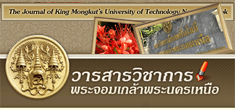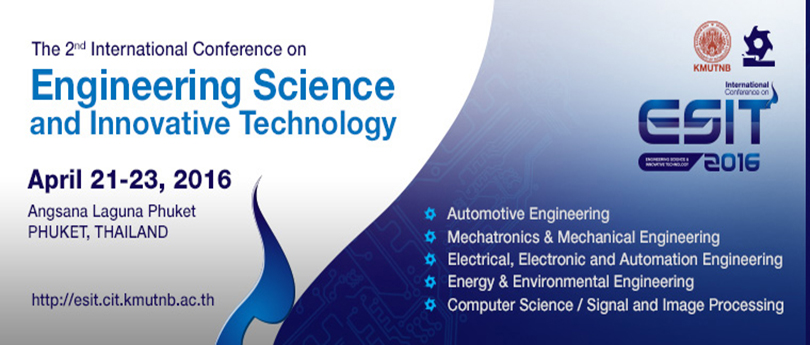Abstract
This research was aimed to study the dried baby squids (or called Katoy squids in Thai) and to compare the squids dried outdoors with those dried in the oven heated from a flat plate solar collector. The experiment kit was developed including clear plastic chamber of 0.125 cubic meters as well as flat-plate solar collector. The chamber and the flat-plate solar collector are connected by a duct. The flat plate solar collector is composed of the sheet which absorbs the heat from the copper plate with a thickness of 2 mm. This plate was painted black with the approximate area of 0.5 square meters. The one-kilogram squids were experimented during 8.00 – 17.00 hrs. On average, the radiation intensity was over 661 watts per square meters. The squids, at first, indicated 400 percent moisture content. The results reveal that comparing the squids dried by the sunlight with those dried in the specific oven, the moisture content declined to 170 and 70 percent respectively. The rates of moisture reduction were 23.4 and 35.1 percent per hour respectively. When the squids were further dried in the oven with the heat from gas until they showed the moisture as required, the drying time was lessen. Consequently, the gas consumption was reduced by an average of 22.5 percent. The study of the drying efficiency of the squids on hourly basis, it was found that the drying efficiency decreases as the radiation intensity increases. This indicates that the drying rate is invariant. Also, the research pointed out the drying efficiency of 31.0 percent.
Keywords: Squid, Drying, Solar Collector, Solar Energy




